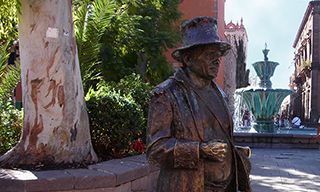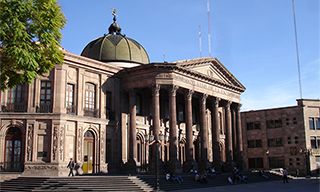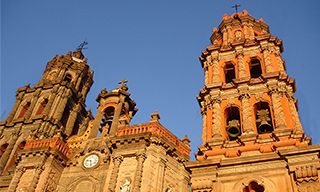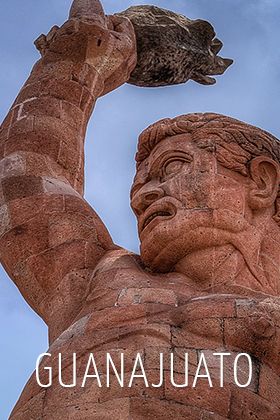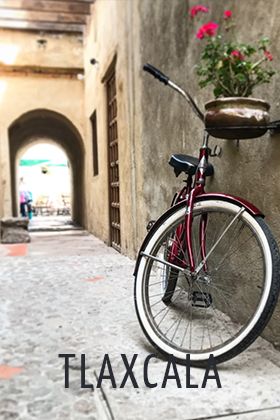Description
San Luis Potosi is a privileged city in its geographical location, and this represents an incentive for opening investments and commercial relations with different states within Mexico or the United States. It is linked through various modern highways and railways, and it also has an active social and economic development plan that increases the social arena as time passes.
The economic base during the times of New Spain was mining. This brought about the foundation of a settlement that gave birth to cities like San Luis Potosi. Around 1592, silver was discovered in the east of San Luis, in the Cerro de San Pedro. Consequently, this brought about a large Spanish immigration to the area.
The town would become a geographical and administrative center, so that a link was established between the Cerro de San Pedro (Hill of San Peter) and the processing, commercial and service centers, consolidating the bases of its development.
The ranches (haciendas) were built as an organizational system of land in the region, classifying them as benefit, cattle, agricultural or mixed ranches. It was the 17th century: a time of expansion and consolidation of many settlements. This hacienda system, immersed in abundance followed the discovery of that precious metal.
The city was organized according to its original outline, which consisted of a central plaza and nineteen blocks extended towards the four cardinal points. It was the San Luis Minas del Potosi that attracted many immigrants towards its prosperity, and who started to establish themselves around it, building neighborhoods and towns.
Among others, the neighborhood of Tequisquiapan, a place of fertile lands in which Guachichil Indians settled toward 1583. Tlaxcalilla was founded in 1592 and was considered of great importance thanks to the Franciscan monastery built there. In Tlaxcalilla, there was a neighborhood of Tarasc Indians that later founded the town of San Miguelito to the south of San Luis.
To the north, the neighborhood of Santiago was established by the Guachichil Indians, who lived next to the Tlaxcaltecs, so that the sedentary life of former would be influenced by later. The peace of the region was somehow guaranteed by the consolidated economy in the area.
The religious buildings were built as symbols of faith and prosperity. The mining boom determined the architectural outline of San Luis Potosi during the passing of two centuries, bequeathing beautiful constructions to posterity. In the historical center there is the Plaza de Armas and the Cathedral, which was consecrated in 1854.
In the perimeter, there are many beautiful buildings: the Government Palace, built in the 17th century, the City Hall with its neoclassic style, etc. Other interesting sites are the Plaza de Fundadores, a place where the first settlement of the region was formed in 1588; the Church and the Plaza del Carmen, the Alameda Juan Sarabia, and the Teatro de la Paz (Peace Theater), all constructed at the end of the 19th century.
In front of the theater is the Federal Palace, which is currently the Museum of Masks and the Telegraph building. The Public Granary Building and the old Royal Revenue Bureau are proof of vice regal architecture, the Monumental and Mercantile palaces are typical of Porfirian architecture, always elegant and distinctive of the economic splendor of that time.
French influence is noted in the Crystal Palace, built in part in what was the Community House for Lay Sisters of the 17th century.
Nowadays, the mining industry in San Luis Potosi is widely diversified, which permits supply of raw material to industrial companies, making production costs much cheaper. As far as productive capacity, labor in this city is quite adaptable and qualified, as well as less expensive than in other Mexican cities.
The modernization of San Luis Potosi has been a constant that when summed up with other qualities, have made this urban center an excellent option for economic development. The terms of globalization and total quality form part of this city, located in the center of the country: a working city, full of history, architectural gems and urban spaces that still shine as in the times of the glory of the Cerro de San Pedro. San Luis Potosi!

